
In the lawless town of Dusty Gulch, the Durango Kid comes to the aid of Reverend Harding in his fight against Blaze Howard and his henchman. When Durango foils all bad guy’s plans, Blaze’s boss Doc Weston realizes Cannonball it tipping off Durango. Weston then lets Cannonball overhear false information that will send Durango into a fatal trap.
You May Also Like
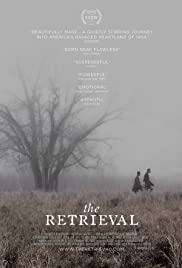
On the outskirts of the Civil War, a boy is sent north by a bounty hunter gang to retrieve a wanted man.
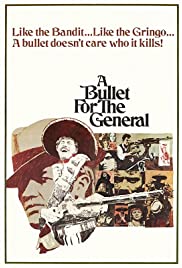
El Chuncho’s bandits rob arms from a train, intending to sell the weapons to Elias’ revolutionaries. They are helped by one of the passengers, Bill Tate, and allow him to join them, unware he is an assassin working for the Mexican government.

A Texas Ranger poses as a bad-ass biker outlaw and enlists a blind sniper and his seeing-eye coyote to crush a biker gang that took over her county.

As young boys, two brothers, Jed (AKA: Chip) and John, witness their father being hung by a vigilante gang. Chip, angry and bitter, grows up to be an outlaw and leader of the feared Blue Chip Gang. John goes the other way and becomes a U.S. Marshal. Two brothers on opposite sides of the law, destined to become embroiled in an Arizona range war between cattlemen and farmers.
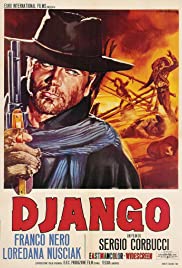
Django is a 1966 Italian spaghetti Western film directed by Sergio Corbucci and starring Franco Nero in the eponymous role. The film earned a reputation as being one of the most violent films ever made up to that point and was subsequently refused a certificate in Britain until 1993, when it was eventually issued an 18 certificate. Subsequent to this the film was downgraded to a 15 certificate in 2004. Although the name is referenced in over thirty “sequels” from the time of the film’s release until the mid 1980s in an effort to capitalize on the success of the original, none of these films were official, featuring neither Corbucci nor Nero. Nero did reprise his role as Django in 1987’s Django 2: Il Grande Ritorno (Django Strikes Again), in the only official sequel to be written by Corbucci.
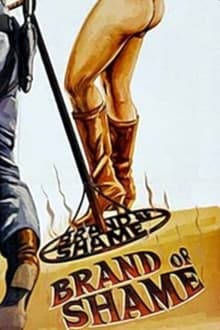
A schoolteacher arrives in town with the map to a gold mine. The lesbian dance-hall owner schemes to steal the map.



Whenever it becomes known how good he is with guns, ex-gunman George and his wife Dora have to flee the town, in fear of all the gunmen who might want to challenge him. Unfortunately he again spills his secret when he’s drunk. All citizens swear to keep his secret and support him to give up his guns forever — but a boy tells the story to a gang of wanted criminals. Their leader threatens to burn down the whole town, if he doesn’t duel him.

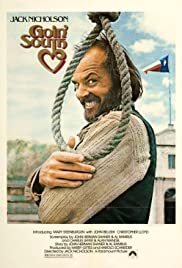
Henry Moon is captured for a capital offense by a posse when his horse quits while trying to escape to Mexico. He finds that there is a post-Civil War law in the small town that any single or widowed woman can save him from the gallows by marrying him.

The Saturday matinee crowd got two cowboy stars for the price of one in this lavishly budgeted western serial starring former singing cowboy Dick Foran and Buck Jones. The latter contributed deadpan humor to the proceedings, making Jones perhaps the highest paid B-western comedy relief in history. The two heroes defend the Death Valley borax miners from an outlaw gang headed by Wolf Reade. An extraordinarily strong cast — for a serial, at least — supported the stars, headed by Charles Bickford as Reade, Leo Carillo, Lon Chaney, Jr., and silent screen star Monte Blue. Leading lady Jeanne Kelly later changed her name to Jean Brooks and starred in the atmospheric RKO thriller The Seventh Victim (1943). Universal claimed to have spent $1 million on this serial and made sure to get their money’s worth by endlessly recycling the action footage in serials and B-westerns for years to come.